Transparent blurred outline
To insert one picture onto another, it must have a transparent background, or even better, a fuzzy outline, in order to get the following result:
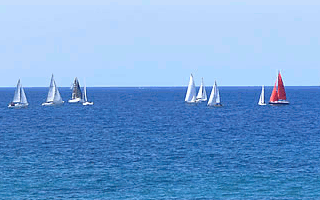 |
+ |  |
= | 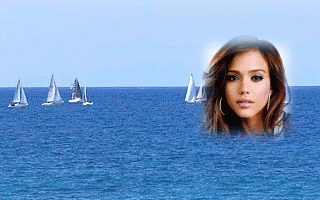 |
It is easy to give a fuzzy outline to an image with a fuzzy edge or fuzzy border filter in English, but a few more steps are required for a transparent background.
Load an image with a blurred path. Check in Image -> Mode that it is in RGB mode. |
 |
Click an image in the Layers panel. Click Add Alpha Channel to add an alpha channel. If the option is gray, the picture already has a channel, do nothing, or even better delete and add again. |
|
Click Filters -> Decor -> Blur. The thickness of the border 16 corresponds to the size of our image . Make sure Image Flattening is off. This is "Flatten image," if Gimp in the English version, which is my case. |
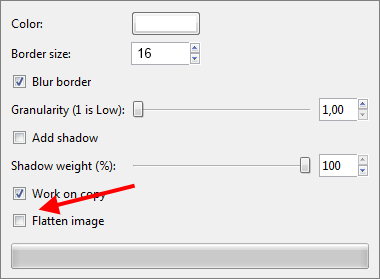 |
This creates a layer over the female face with a white blurred edge .
|
 |
Click this new layer at the top, and then click Alpha to Select from the pop-up menu. You will receive a modified image in the center window. |
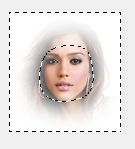 |
Delete Top Layer. |
|
Click Edit -> Clear. Now you get an image of a female face with a blurred outline and a transparent background. |
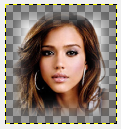 |
I recommend exporting this image to PNG format. |
Inlay is a simple act. Simply upload both images, copy the blurred edge image using CTRL-C, and paste it onto the other image using CTRL-V.
In our example, we get a mention of Jessica Alba in the movie Blue Hell. The result, of course, is a perfect, blue background in the image of a female face, for example, would give a better result, but I think we will understand the principle .